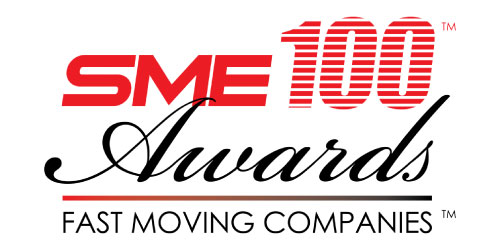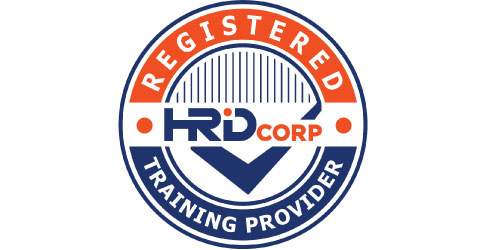Turning Data
Into Profits
Turning Data
Into Profits
The Automotive Industry designs, develops, manufactures, and sells motor vehicles. This sector is known for its complexity, involving a vast supply chain and a high degree of automation.
Industry: Aluminium Coil Manufactoring
Company Size: 800+ employees
Location: Malaysia
Products/Services: Aluminium Sheets, Coils & Extrusions for Automotive Applications


A manufacturing company, known for producing high-quality aluminium products, faced challenges in optimizing its production efficiency. As the demand for lightweight, high-strength materials in automotive manufacturing grew, the company needed to enhance its Overall Equipment Effectiveness (OEE) to meet production targets and maintain competitiveness.

To address these challenges, the company implemented Smart OEE system to automate data collection, monitor machine performance in real-time, and optimize overall production efficiency.
Implementation Steps:



The implementation of Smart OEE at this automotive manufacturing company transformed its production processes, leading to significant improvements in OEE, production efficiency, and cost savings. By adopting advanced technology, the company reinforced its position as a leading supplier of high-quality aluminium products for the automotive industry.




Blue Ocean Data Solutions is a highly experienced company provides turnkey manufacturing solutions. With more than 10 years of experience serving a large customer base in manufacturing and hands-on expertise in programming, software and statistical data analysis combine with six sigma and lean manufacturing methodology, we assist our clients to solve complicated operation problems – yielding profitability increases and driving service and product delivery excellence.
Company
Contact Us